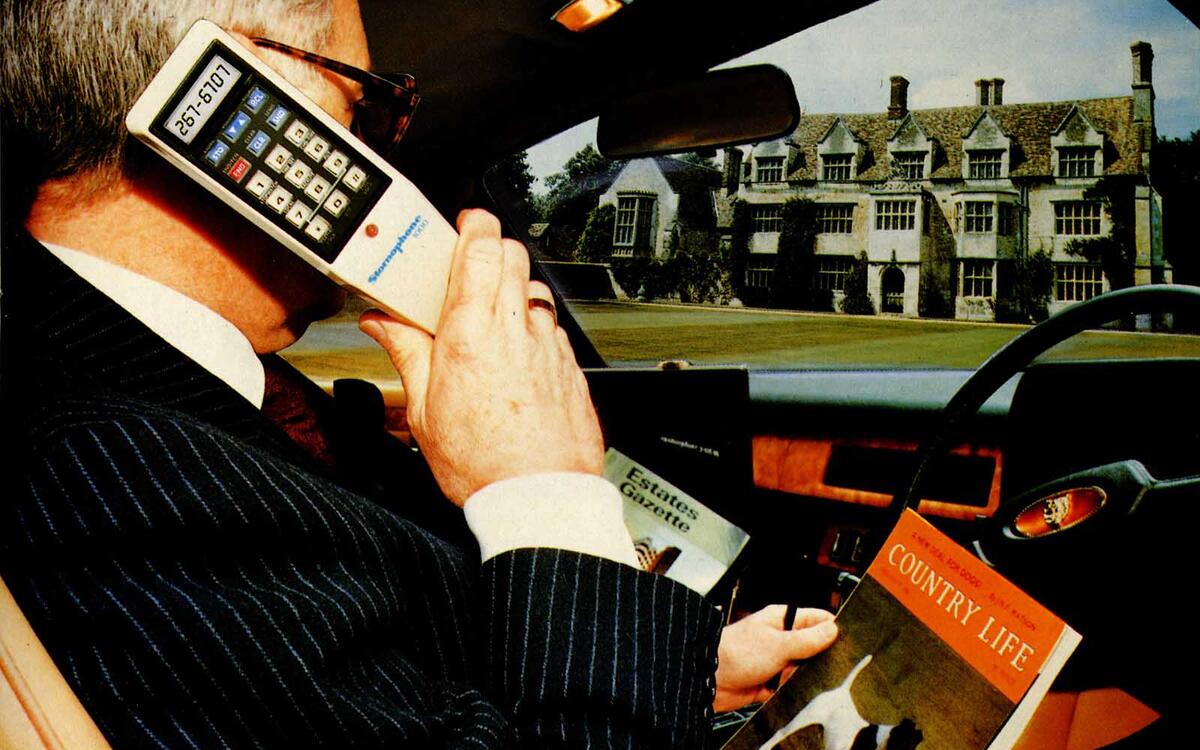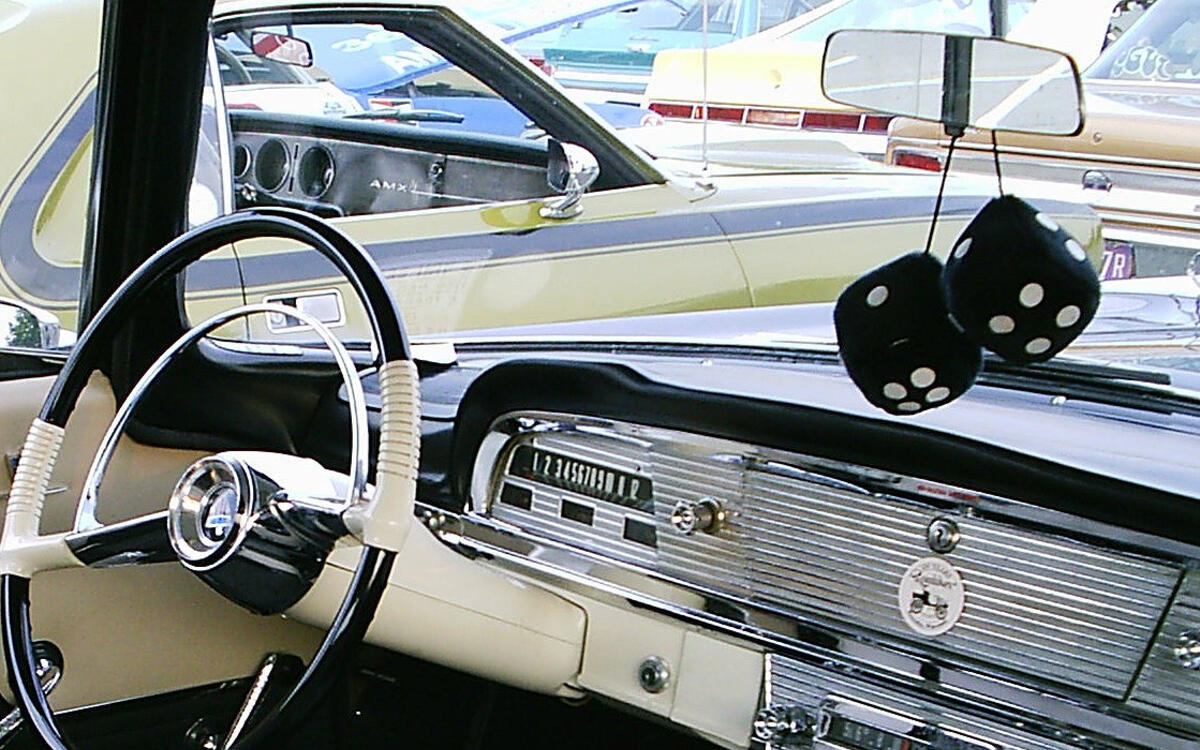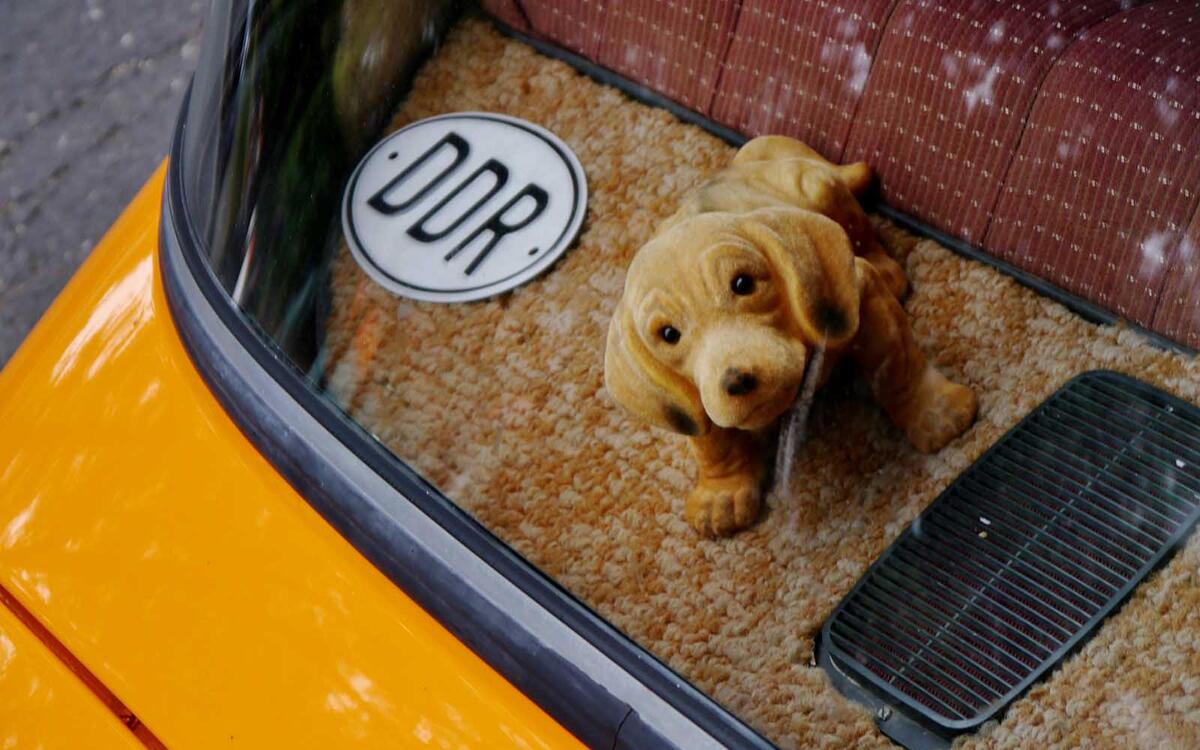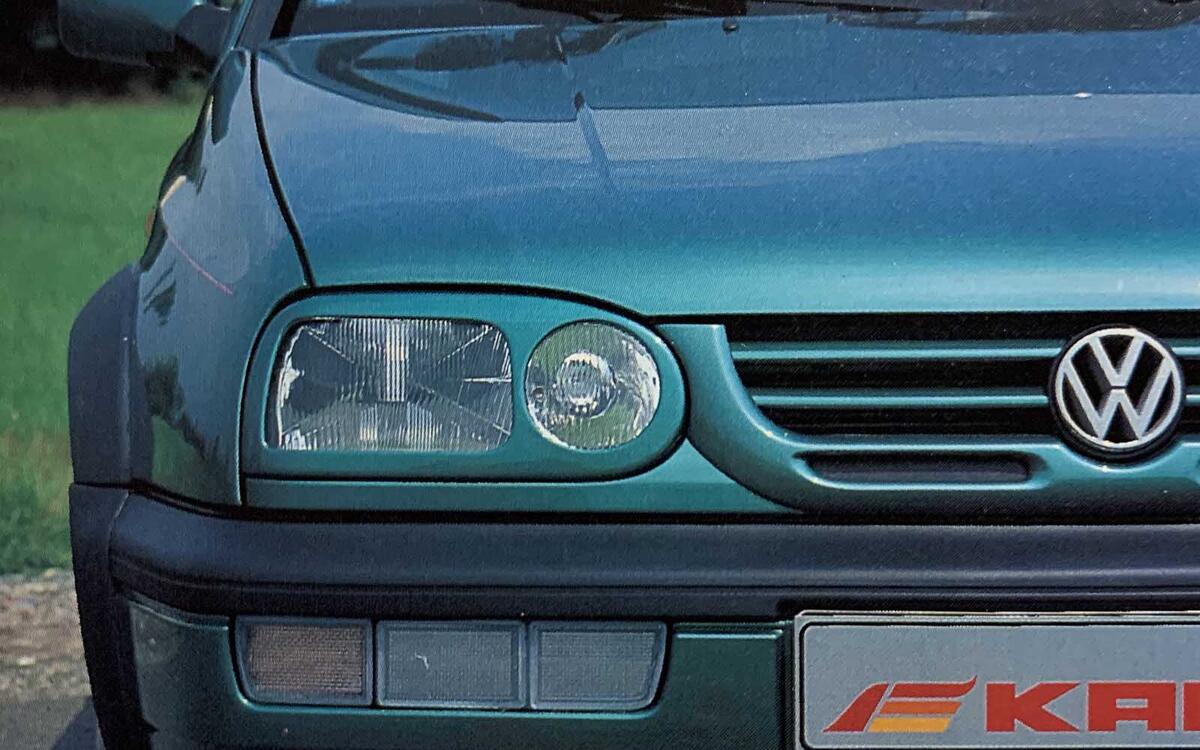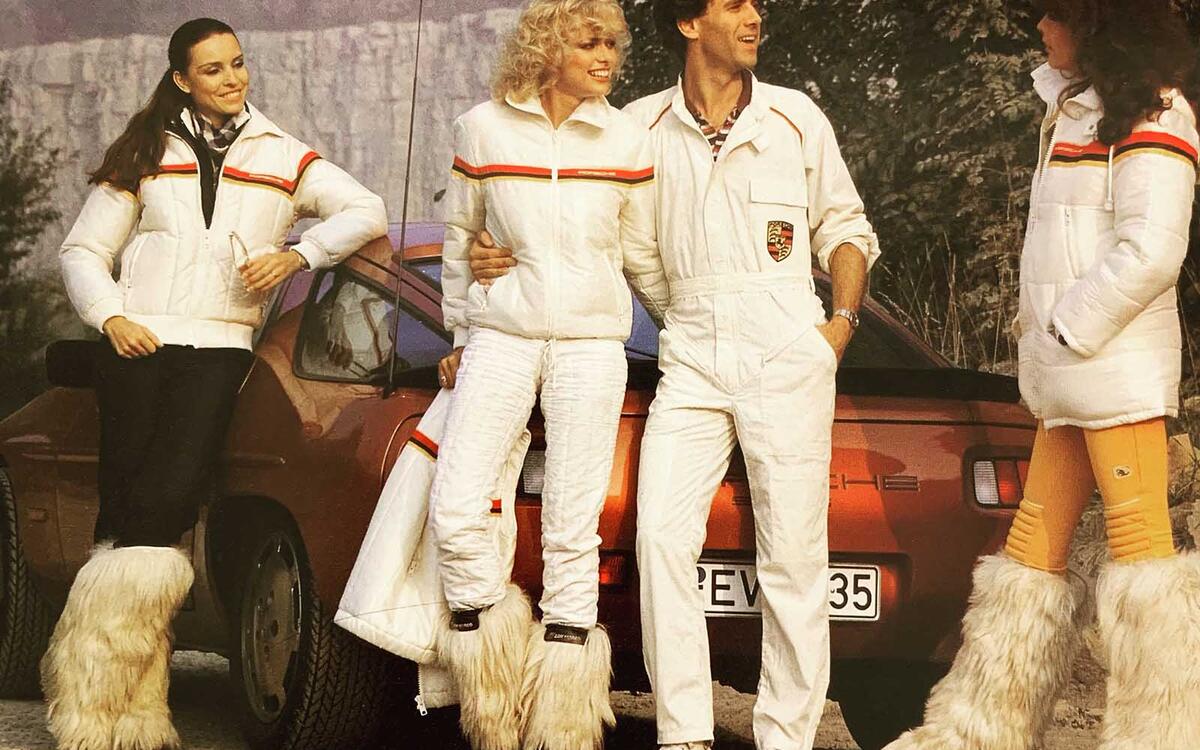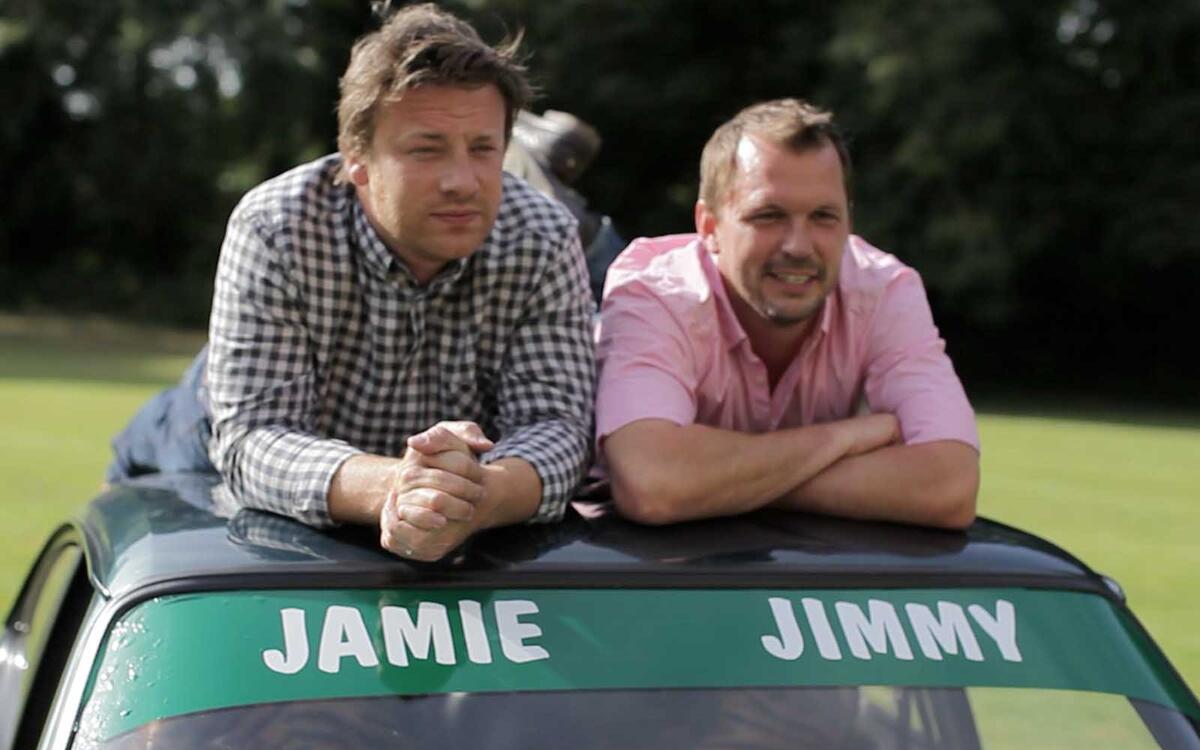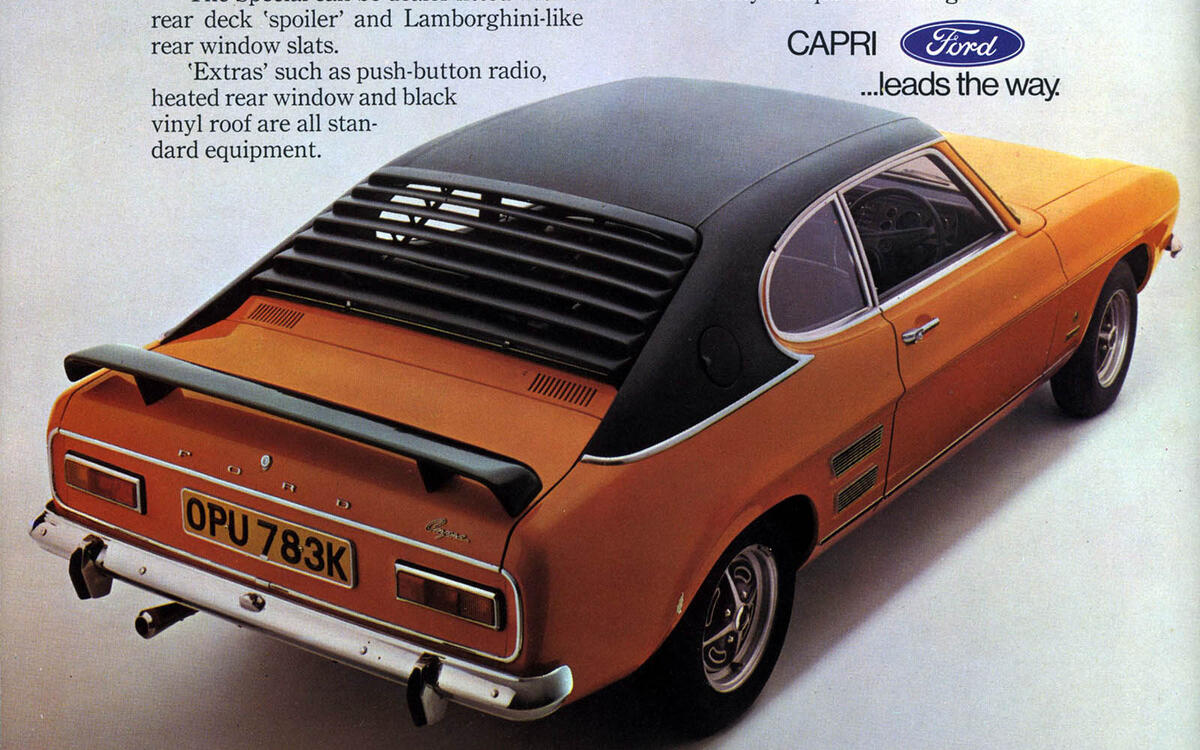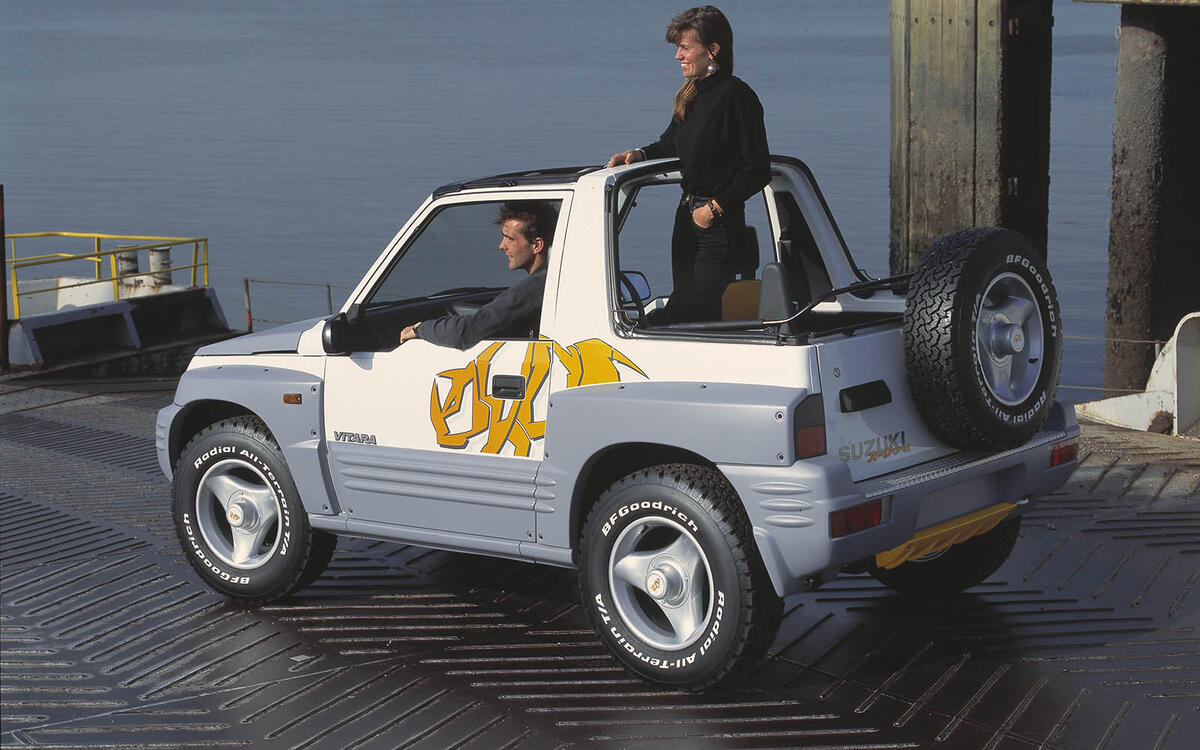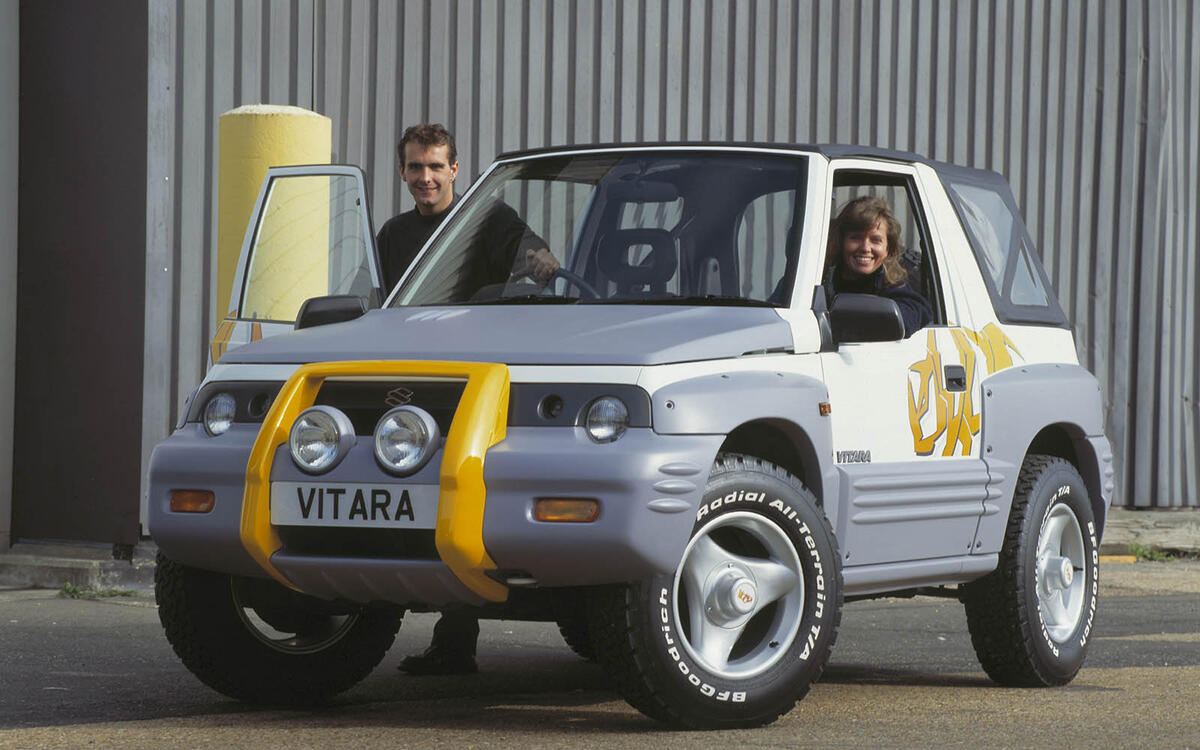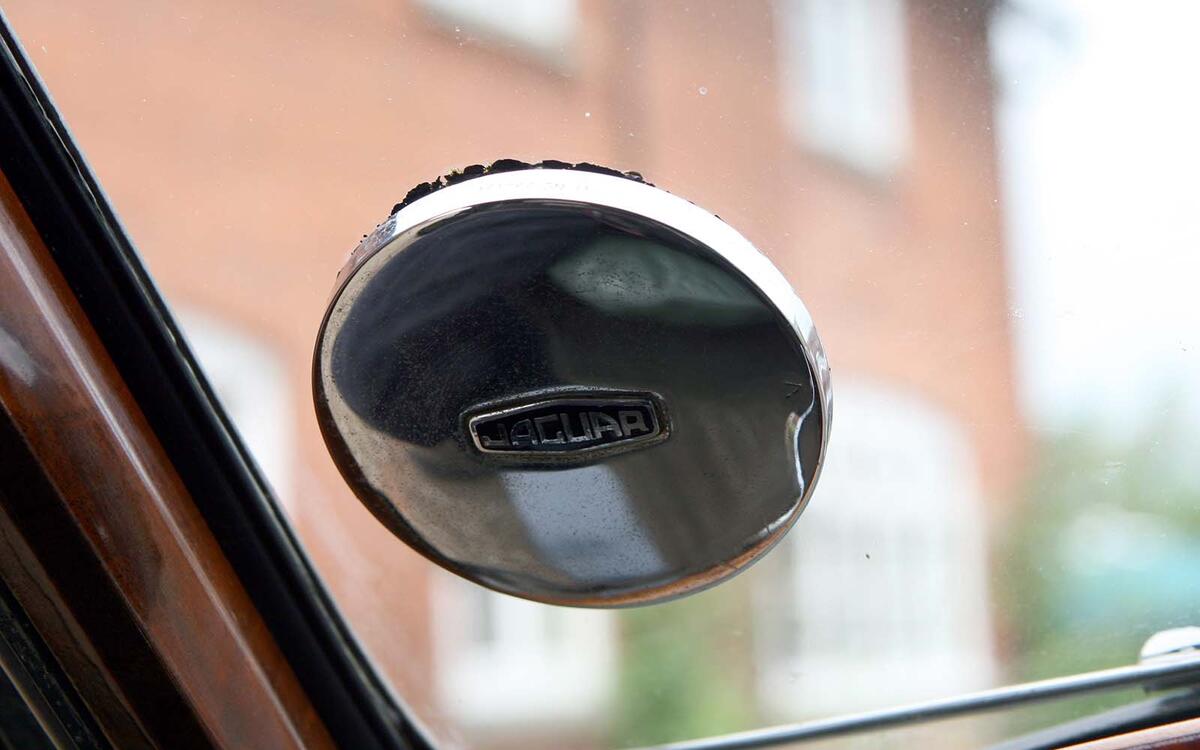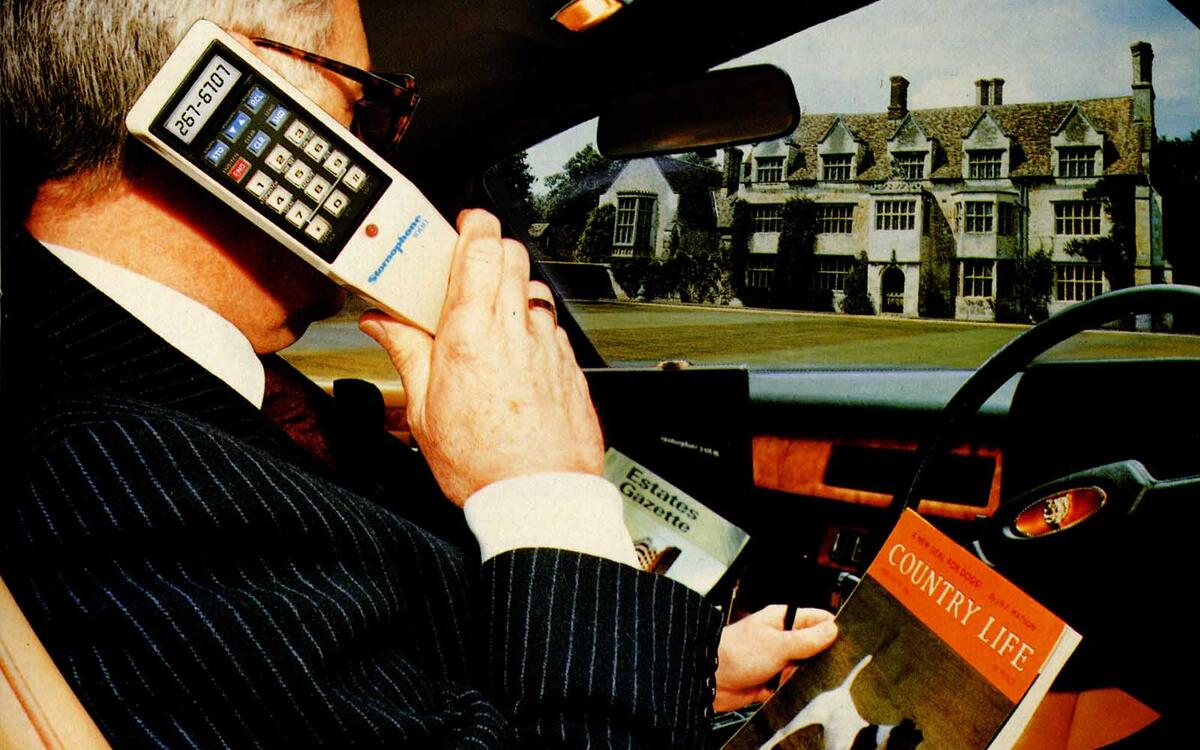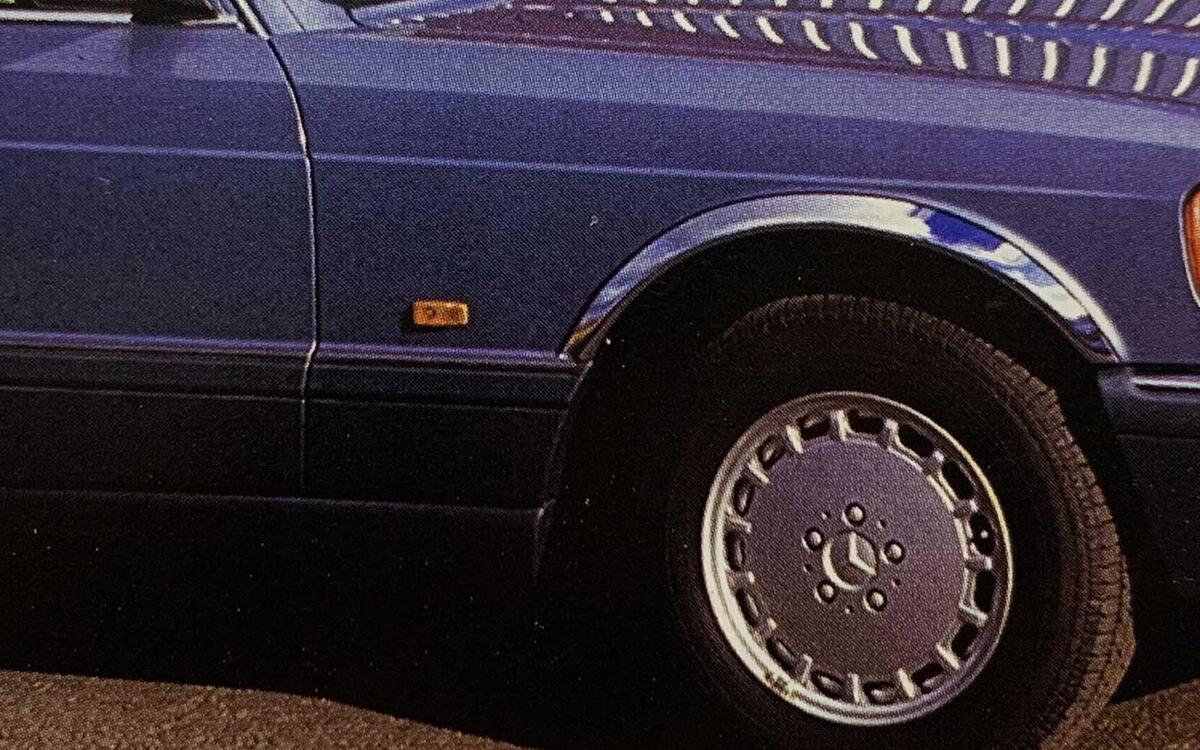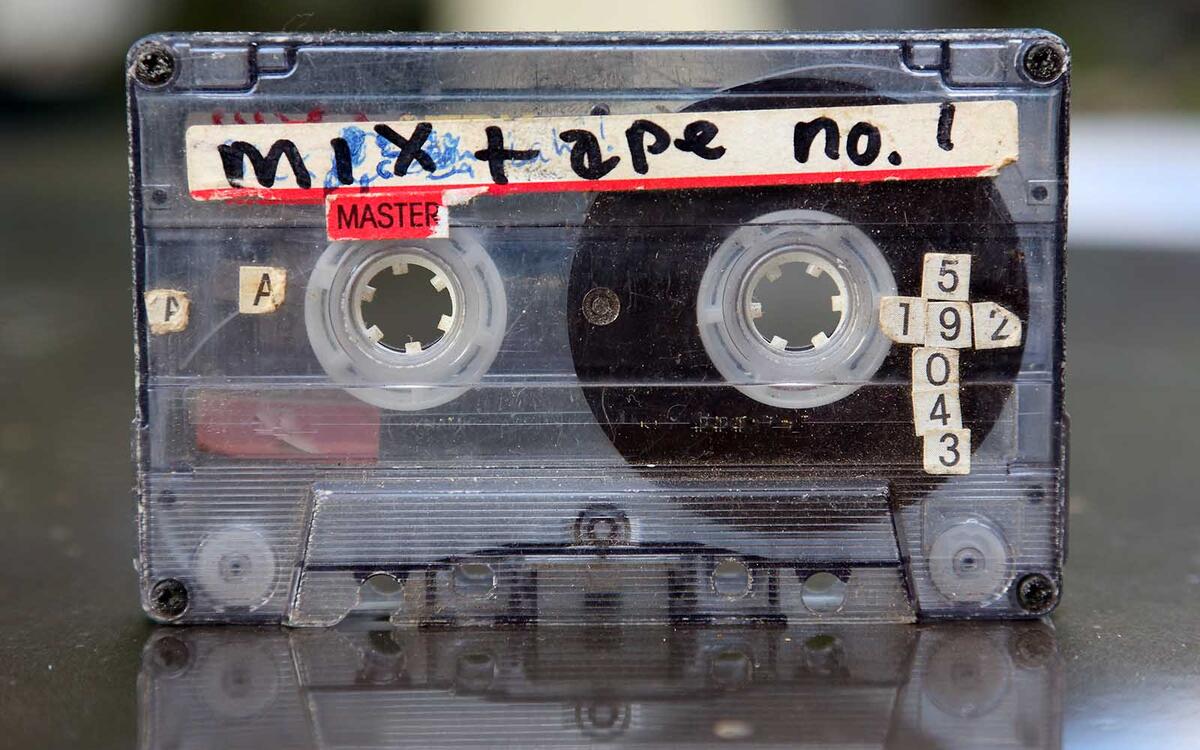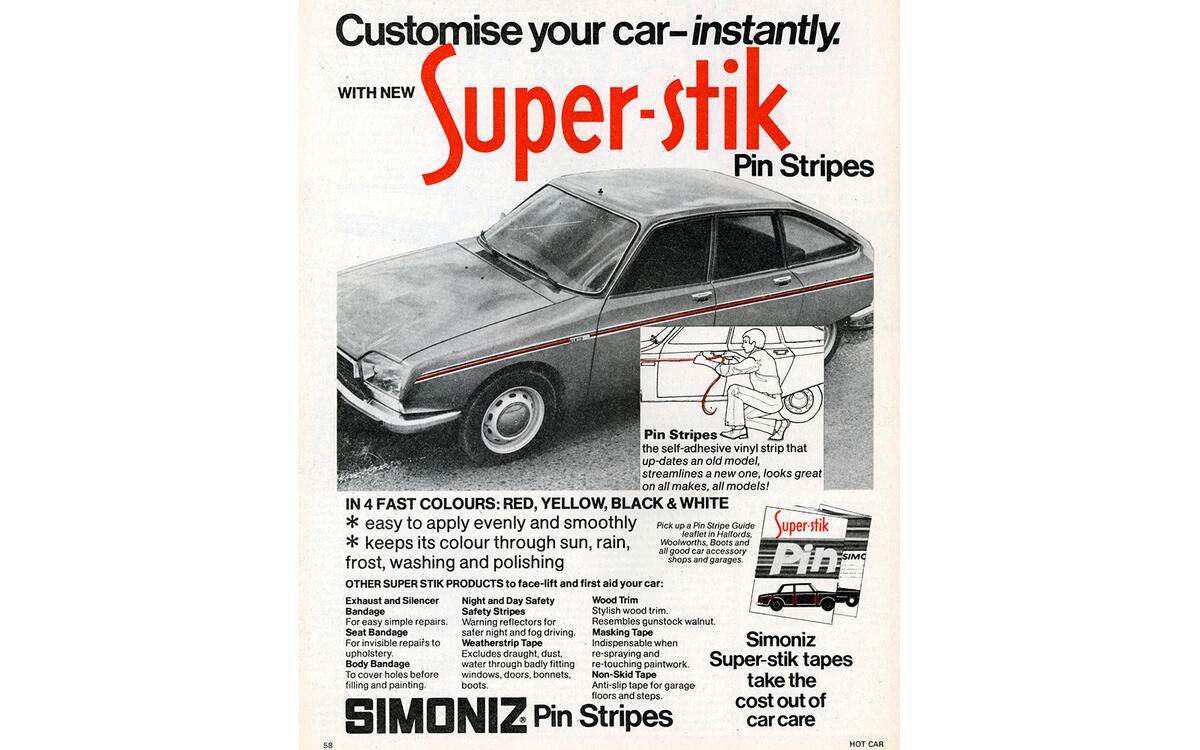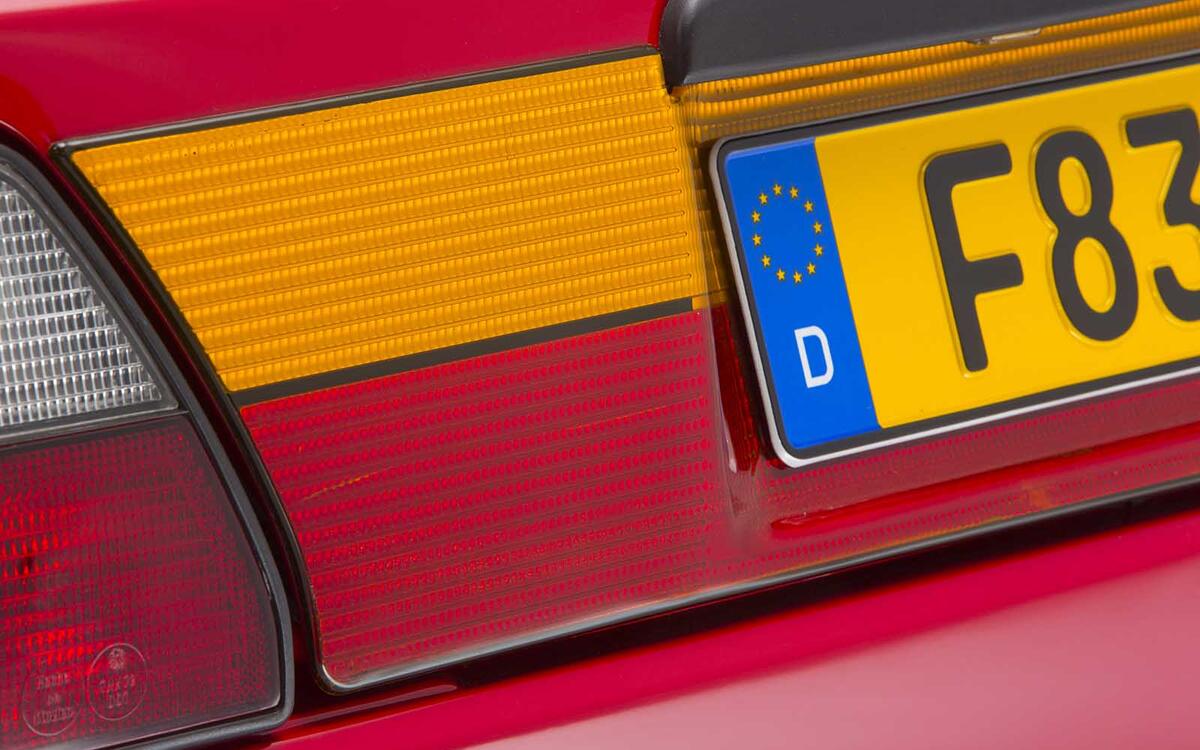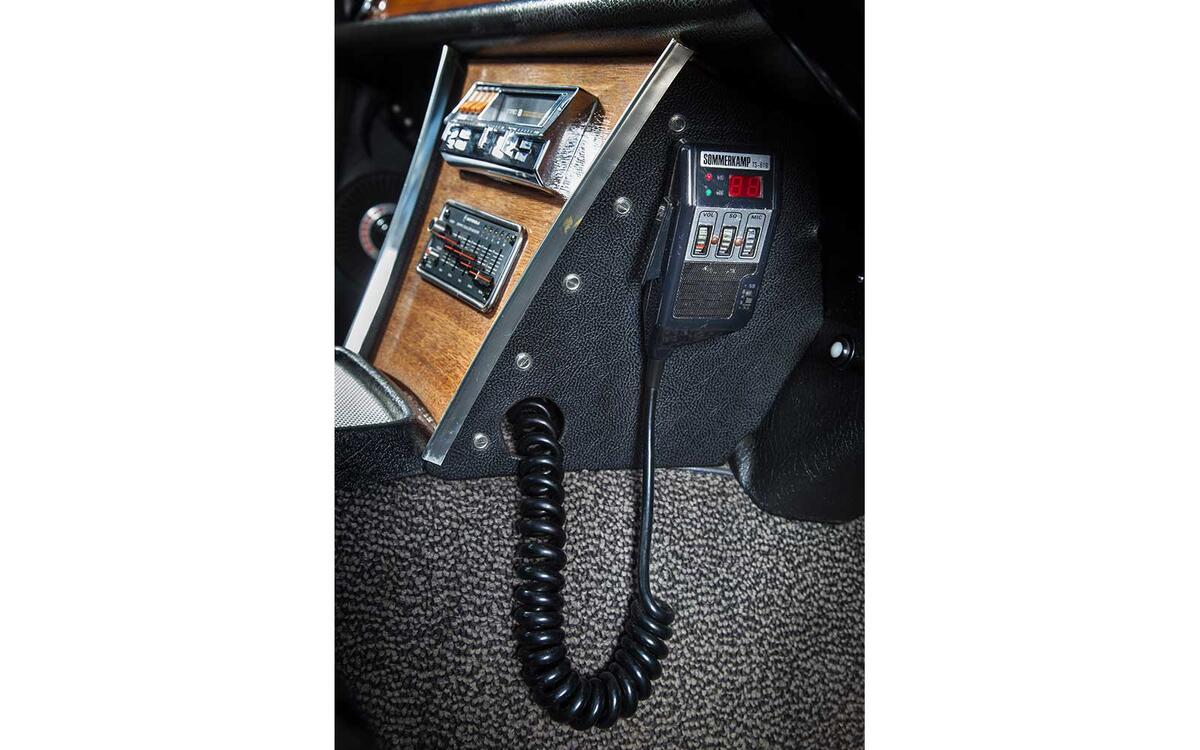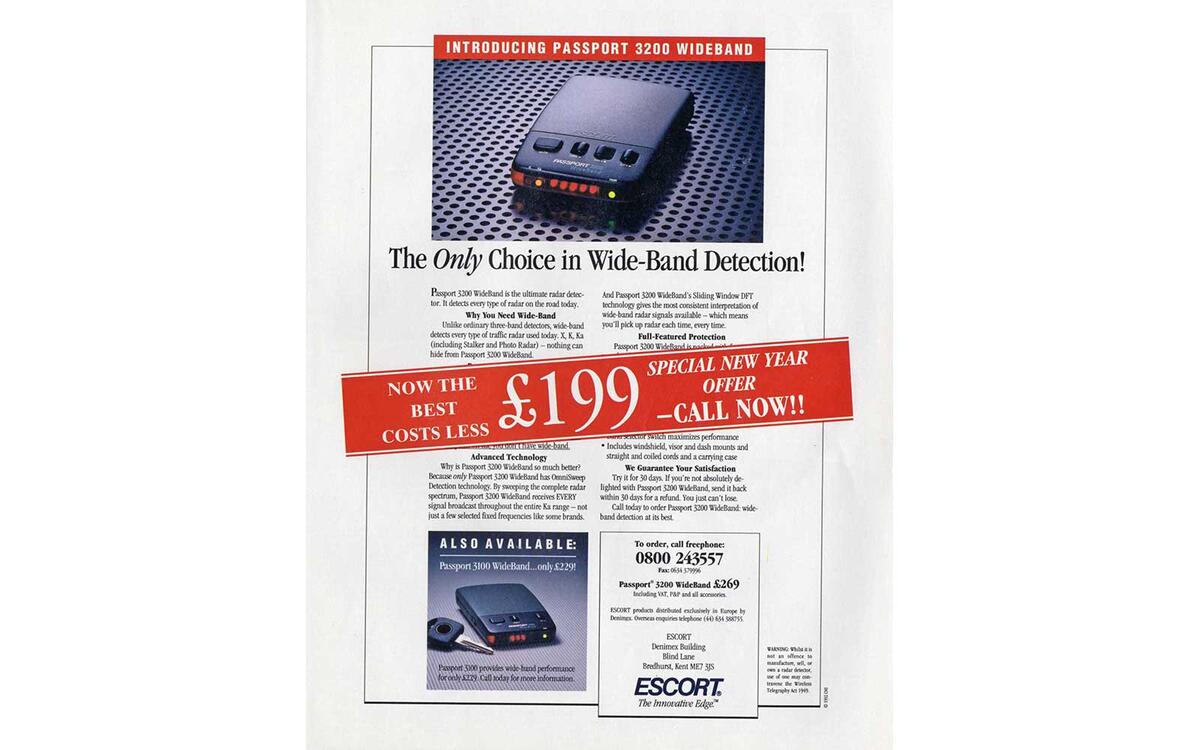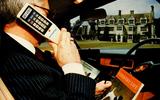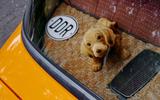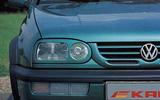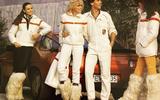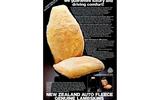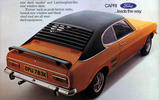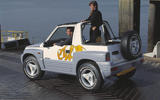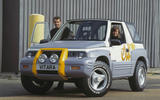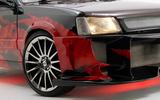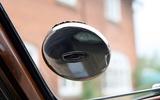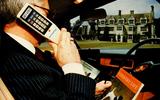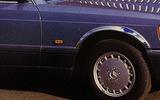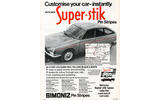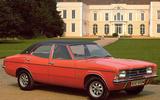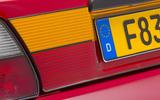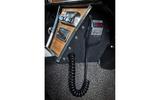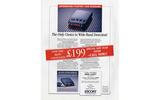 Slide of
Slide of
Kitsch or cool?
There was a time when every other car seemed to have an accessory or three., so this story sets out to celebrate that theme, heading back to the future to remember the car accessories of our youth. Things are about to turn colourful:
 Slide of
Slide of
Fuzzy dice
The use of fuzzy dice, commonly referred to in the UK as fluffy dice, are believed to date back to the Second World War, when American pilots would hang the dice in the cockpit for good luck. Another interpretation is that the pilots used them to symbolise dicing with death.
Back on terra firma, the pilots continued the tradition, hanging dice from the rear-view mirrors of their cars, either for illegal street racing or simply for tradition. The trend continued until the 1980s, when the dice became the last word in kitsch. Are they retro cool in 2021?
 Slide of
Slide of
Nodding dog
Don’t be too quick to dismiss the nodding dog as just another kitsch car accessory. Its actual name is “wobbling dachshund”, or in German, the rather brilliant Wackeldackel. According to Google, which published a delightful interactive Doodle in 2020, the first wobbling dachshunds were manufactured in Germany in the 1970s.
Popular in the 1970s and 1980s, the nodding car accessory got a new lease of life in the late 1990s when a German petrol station chain used it in an advertising campaign. In the UK, the nodding dog is widely associated with a well-known insurance company. Oh yes.
 Slide of
Slide of
Headlight masks
Headlight masks were incredibly popular in the 1990s. For ‘just’ £50, you could give your VW Golf Mk3 a squint. You could do something similar with the E36 3 Series, but the result was something that looked straight out of The Mask of Zorro. Catherine Zeta Jones wouldn’t have been impressed.
A company called XRS promised to “convert square headlights to look like quad round lights” in exchange for £24.95. The results were a bit hit or miss, but they were popular on Escorts, Fiestas and Astras.
 Slide of
Slide of
Fashionwear
While it’s still possible to buy clothing to match your car, fashions have certainly changed over the years. This is a strong look for the Porsche 928 driver who can’t decide which German model to date.
Would sir like to try a USAF bomber jacket with a trio of RS Cosworths printed on the reverse? Maybe madam would like a crew shirt with ‘GTE 16V’ written across her chest. Do you still have a Sparco fashion top in your bottom drawer? Suits you, sir.
 Slide of
Slide of
Personalised windscreen sunshades
The sight of a personalised windscreen sunshade always seemed to be accompanied by the sound of the car horn from the Dukes of Hazzard. On a Ford Capri. Or maybe an Escort. Once popular, they seemed to disappear overnight.
Sticking the name of your beloved was a sign of commitment (not to mention less permanent than a tattoo). At least one enterprising lothario must have written ‘YOUR NAME HERE’ on the space above the passenger seat.
 Slide of
Slide of
Fluffy seat covers
We’re not saying that you can’t buy seat covers in 2021; the centre aisle in your nearest Lidl should be able to provide a set for less than a tenner. It’s just that the car covers of yesterday always seemed more… fluffy.
“Test drive and experience how soft springy lambskin cushions body weight and how 100% genuine wool fibres absorb perspiration easing tiredness and reducing driver fatigue.” You had us at “absorb perspiration”.
 Slide of
Slide of
Louvred rear window
Although the louvred rear window became little more than a fashion accessory, it was originally designed to serve a purpose. It all started with the Lamborghini Miura of 1965, which featured six slats in place of the proposed Plexiglas rear screen. The aim: to protect the engine while allowing heat and noise to escape. Ford picked up the theme with its 'Sportslats" on the Mustang Boss 302 and Mach 1.
Later Lamborghini models, such as the Urraco, Diablo and Murciélago, also adopted the slats, while more mainstream manufacturers were quick to ride on the coattails of these illustrious supercars. Some, like the Ford Capri here, were accessories, while others, such as the DeLorean DMC-12, were fitted as standard.
 Slide of
Slide of
Garfield Stuck on You
For a period in the late 1980s, the Garfield Stuck on You plush toy seemed to be everywhere; it even featured in opening credits of the BBC’s Top Gear. It arrived during the car sticker craze, when drivers were eager to plaster their windows with all manner of terribleness and tat.
It happened by accident. Creator Jim Davis founded Paws, Inc. to identify merchandising opportunities for the cartoon cat. One idea was to attach Velcro to Garfield’s paws in the hope that people would hang him on their curtains. Davis told Mental Floss: “[The prototype] came back as a mistake with suction cups… so I stuck it on window and said, ‘If it’s still there in two days, we’ll approve this.‘ It never occurred to me that people would put them on cars.” Mr Davis reputedly has a net worth of $800 million (£570 million).
 Slide of
Slide of
Wild graphics
In the days before wrapping, naff car stickers were all the rage. Using colours that made Timmy Mallett’s shirts look sombre, you could slap ‘tasteful’ graphics on your bodywork. WILD THING, HOT HOT, CRUSIN’, NO WORRIES or TOPLESS in uppercase or italics.
Some manufacturers were keen to get in on the act, especially Suzuki, which offered everything from Rhino stickers to side stripes.
 Slide of
Slide of
Nudge bars
Speaking of Suzuki, in the days before we cared about pedestrian safety, cars could be equipped with bull bars that looked straight out of Mad Max. They were ideal when battling for supremacy on the school or for pushing other cars out of the way outside the tanning salon.
Since May 2007, it has been an offence to sell bull bars that have not been approved as compliant with safety standards. Bull bars were banned on all new cars sold in the EU from 1 January 2002.
 Slide of
Slide of
Plastic bodykits
The 1990s saw an explosion in the number of plastic bodykits, spoilers and add-ons available to DIY car modifiers. Inspired by what they saw in Max Power magazine, buyers could pick and choose from a range of plastic spoilers, valances, grilles and arch extensions.
Some looked rather good, while others looked a bit too aftermarket. Worse still, some bits collected water and disguised rust, which didn’t become apparent until an unsuspecting buyer whipped them off. We would criticise the stick-on bonnet vents, but they’re no worse than the fake exhausts in widespread use by car manufacturers today.
 Slide of
Slide of
Tax disc holders
Not content with the dealer-supplied tax disc holder? Why not spend £2.50 on a Playboy variant. Or how about an RS Cosworth tax disc holder for your Ford Fiesta 1.1L? Others, like the Jaguar item pictured, were more ornate (not to mention tasteful).
Remember the Richbrook metal tax disc holders with the metal screws? You were guaranteed to lose at least one screw down the back of the dashboard when you replaced the tax disc. The company still produces the holders, even though the UK tax disc is no more.
 Slide of
Slide of
Car phones
Today, it’s possible to pair a smartphone to just about every new car using Bluetooth, Apple CarPlay, Android Auto or a manufacturer’s in-house system. We’re not saying we miss the old car telephones – not least because they weren’t that great – but they were a symbol of success.
Here’s an estate agent going about his work. Count the number of clichés: pinstripe suit, big pad, Estates Gazette, Country Life, Jaguar…
 Slide of
Slide of
Chrome arch trims
As Nancy Reagan might have said, when it comes to chrome arch trims, just say no. They look naff, collect water and will almost certainly be hiding rust.
In some cases, they might be holding the arches together. Not that we’re mentioning any particular Mercedes-Benz models of the 1990s.
 Slide of
Slide of
Mixtapes
Kids today just don’t appreciate how much time and effort went into creating a mixtape. A selection of your favourite tunes prepared for a road trip or a romantic drive out with your significant other.
Hitting shuffle on a Spotify playlist just isn’t the same. Where’s the romance? Where’s the effort? Where’s the pencil for winding the cassette tape back in?
 Slide of
Slide of
Go-faster stripes
The history of go-faster stripes dates back to the 1960s and Bruce Cunningham. Indeed, they were originally referred to as ‘Cunningham Stripes’. Since then, they have been used to add an additional five horsepower to cars of all shapes and sizes.
It’s not all about speed. Mark Court, a former village sign painter, is responsible for painting the coach stripes on all new Rolls-Royce cars. It’s not just stripes; Court has been asked to paint everything from flowers to horse heads.
 Slide of
Slide of
Vinyl roof
The idea was to fool people into thinking you drove a convertible. It became an object of desire, reaching peak popularity in the 1970s. If your friend’s father owned a Cortina with a vinyl roof, it probably meant that he was doing well in his job. Isn’t it time the vinyl roof made a comeback?
 Slide of
Slide of
Heckblende!
Here’s a car accessory that appears to be back in fashion. The heckblende is a red reflective panel that links the two rear light clusters, creating the illusion of one continuous light unit. They were popular in the 1980s and ‘90s, most notably on cars like the VW Golf, Audi Coupé and Saab 9000.
Hella even produced a range of aftermarket panels; you could transform the rear end of the Mk3 Vauxhall Cavalier. The heckblende has made a successful comeback, appearing on everything from the Kia Stinger to Audi A7.
 Slide of
Slide of
CB radio
Some car accessories fall from grace because fashions change, while others are outmoded by new technology. The CB (Citizen’s Band) radio falls into the latter category, with the means of communication rendered largely obsolete by the advent of the mobile phone.
CB radios are still used by lorry drivers and people who reminiscence about the Rubber Duck. We definitely got the front door, good buddy.
 Slide of
Slide of
Speed camera detectors
You can still buy speed camera detectors, but they’re in danger of being rendered obsolete by navigation systems and apps, and in any case are illegal in some countries. We don’t miss the detectors; we just yearn for the days before speed cameras.
We take a trip down memory lane with some of the retro kitsch and cool car accessories of the past
Advertisement


